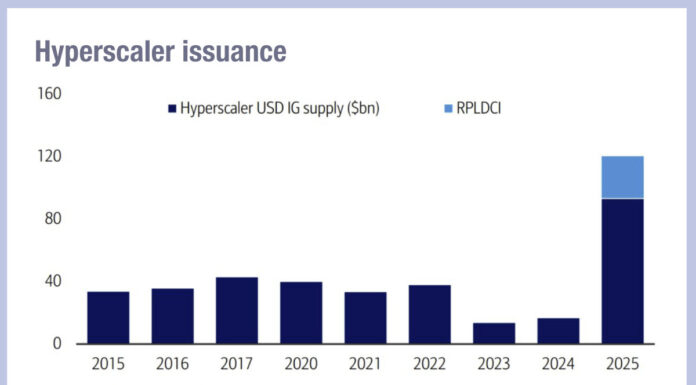Traders are increasingly using new technologies to aggregate data, identify trends, and improve execution performance. The industry has long trailed equities in its adoption of automation and AI, but that is finally changing, according to panelists at this year’s FILS Europe.

“Five years ago, the fixed income market was 30 years behind equities in terms of automation. Now we’re about 15, 20 years behind,” said Jan Riemenschneider, head of trading at Quoniam Asset Management.
“We’re still at the beginner’s stage of execution automation,” he observed.
Scott Grayson, vice president of sales at Genesis, highlighted the fact that models can now interact with real-time data and provide traders with prompts, he explained, while many are using the technology to review new bond issuances, compare them to similar historical cases and guide their decisions.
According to panellists and audience polls, automation is being used primarily for data aggregation and insight generation. Looking to the near future, these are expected to be the continued main use cases.
Once data sources are brought together and normalised, tools like Claude can be used to query the results, Grayson said. However, it is important that the right questions are being asked. Dealers’ accuracy and history could be understood in this way, he suggested, information that in turn could be used to identify trends.
“That’s what clients are doing now,” he stated.
Within that aggregation, though, there are dangers.

“Quality, transparency and auditability are tantamount,” affirmed Vidur Khanna, vice president of commercial at Cognitive Credit, explaining that when data sets are brought together transparency decays.
“If it becomes a black box, it’s as good as unusable,” he added. “Based on where we are today with the technology, you still need a human-level check.”
For idea generation, it is all about liquidity, according to Riemenschneider and Khanna, and being able to access it at the right time.
Riemenschneider noted that some dealers are not backing their axes, making it hard to determine available liquidity.
“As a systematic investor, we source all our axes from an internal system. Each bond has an internal liquidity score, and portfolio construction teams then choose the most liquid ones. For us, it’s easy. For manual asset managers, it’s harder.”
©Markets Media Europe 2025












